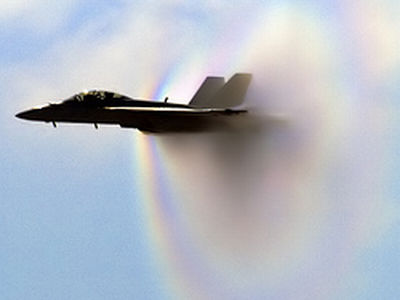Testimony of a jet pilot who survived without a parachute from an altitude of 15,000 feet

by
Ron Knott's book ' Supersonic Cowboys ' is about a jet fighter pilot who survived a plane crash from a height of 15,000 feet (about 4572 meters) and then returned to aviation. The manuscript has been published.
Jud!
https://uss-la-ca135.org/60/1960Judkins-Knott.html
In June 1963, Mr. Cliff Judkins, who was a pilot of the jet fighter F-8 nicknamed 'Crusader', was on the way to Japan, where he was transferred from the United States. I was receiving aerial refueling at a height of feet (about 6092 meters).
Since the F-8 could not carry fuel flying from California to Hawaii, air refueling was a routine task for pilots who do 'Trans-Pac'.
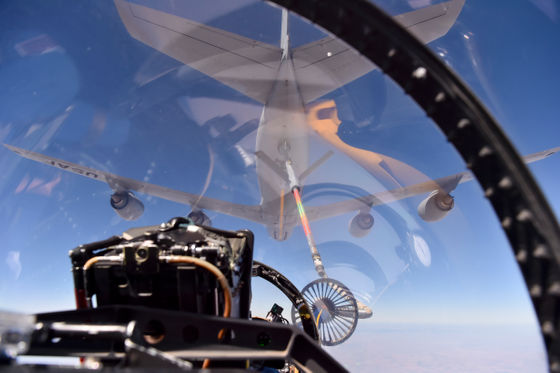
Mr. Judkins, who had a smooth air refueling that day, relaxed and said, 'In a few hours, I'll be eating with everyone on Oahu in Hawaii. After a little rest, I'll fly to Midway and Wake Island. Then continue the journey of 6000 miles (about 9656 km) to Atsugi base in Japan.'
However, when the fuel tank is almost full, the aircraft suddenly explodes and bursts into flames. As the engine stalled and a fire warning light, known to pilots as a 'panic lamp,' flashed, Mr. Judkins' earpiece said, 'Jud (Mr. Judkins), your plane is on fire. Get out of there! ' came the radio loudly.
Mr. Judkins tried his best to rebuild the aircraft, but the engine did not restart, and he decided to abandon the aircraft. I prepared for the impact by operating the
but nothing happens. Mr. Judkins, who could not escape because the primary injection and secondary injection failed, was trapped in the burning aircraft. In the meantime, Mr. Judkins hears a continuous message instructing him to abandon the aircraft.
Mr. Judkins, who was panicking and desperately trying to find a solution, finally decided to escape from the cockpit on his own. However, there was no precedent for a successful self-escape from a high-speed jet plane. This is because the moment the pilot leaves the cockpit without using the ejection seat, the huge tail hits the body and cuts it in half.
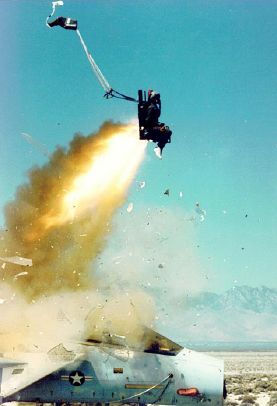
First, Mr. Judkins, who pushed up the
Mr. Judkins, who confirmed that he was safe even though he was not cut in half by the tail, waited for his body to slow down and then pulled the parachute lever. However, as Mr. Judkins prepared for the impact of the parachute opening, a more tragic sight jumped into his eyes.
Surprisingly, only the small parachute for attitude stabilization was opened, and the main parachute was neatly folded and flying in the air. Mr. Judkins tried desperately to open the rope leading to the parachute, but the parachute did not open with a tight squeeze.
Looking down, there was a white ring that looked like a stone thrown into the sea. And when Mr. Judkins saw the white foam rising from the center, he realized that it was the place where his beloved plane crashed and sank, and thought, 'Is it my turn next?'
Meanwhile, Mr. Judkins' body fell through a thin layer of clouds, leaving only clear sky between Mr. Judkins and the sea. ``This may be the last sight I see in my lifetime,'' was the last memory Judkins remembered before the fall.
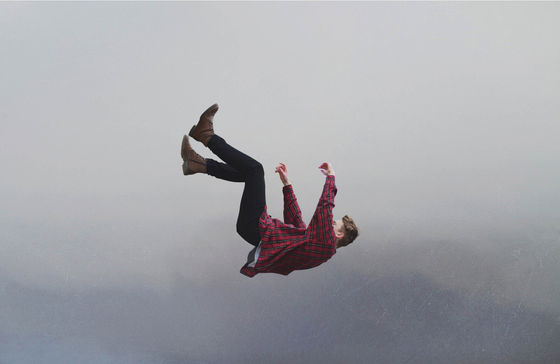
Judkins' next memory was the deafening 'whooshing' sound he heard in the ocean. As I noticed later, this sound was the sound when the life jacket was filled with gas and inflated. There is no memory of when it collided with the sea surface because it was too momentary, but Mr. Judkins survived the fall anyway.
Mr. Judkins, who lost his survival pack due to the impact and managed to separate the parachute from his body in a situation where both legs were broken and unable to move, was finally rescued by a minesweeper after drifting in the sea for two hours. Judkins' condition, heard from the medical team's conversation, was ``five broken left ankles'', ``three broken right ankles'', ``severed left leg tendons'', ``broken right pelvis'', and ``seventh Vertebral fracture,' and 'partially collapsed left lung.' Also, my face and body were full of scars, and my intestines and kidneys were not working, probably because I drank a lot of seawater.
He could not sleep that night as the doctor took his blood pressure every 15 minutes, and when he was handed over to the hospital ship the next morning to undergo a full-scale examination, Mr. Judkins finally felt alive and exhausted, and to everyone and God. It seems that I shed tears with my gratitude.
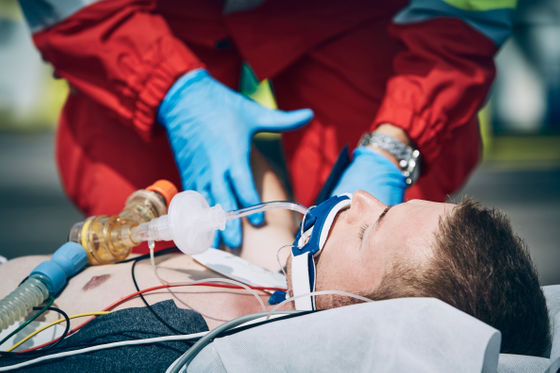
In fact, an accident occurred on the F-8 the day before Mr. Judkins' accident, but it is speculated that the cause of such an F-8 accident was a failure of the automatic stop device of the refueling system. The F-8's fuel tanks are made of reinforced rubber, but failure of the stop system caused oversupply of fuel to balloon and cause fires. However, since Judkins' beloved plane sank to the bottom of the ocean, the reason why the ejection seat didn't work will forever be unknown. Nor do we know why the parachute did not open.
In addition, Mr. Judkins had previously suffered a serious injury and had his spleen removed, but later learned that this was the difference between life and death. Because if Mr. Judkins still had a spleen in his body, it would have burst from the impact of the fall and would have bled to death.
Mr. Judkins said, ``Some people may think I'm lucky, My feelings are so complicated that I can't express it in words like that. Surviving a fall from 15,000 feet without a parachute opening is certainly a big deal,' he recalled.
According to the author's footnote, Mr. Judkins returned to the F-8 pilot again after six months of treatment after the accident. After retiring from the Marine Corps, he became a Delta Air Lines pilot and captain.
Related Posts:
in Vehicle, Posted by log1l_ks







